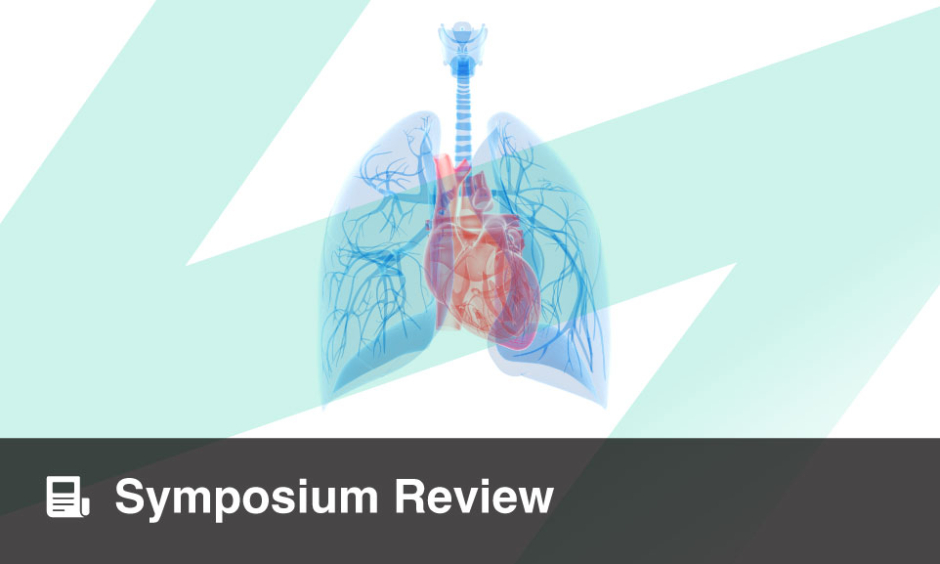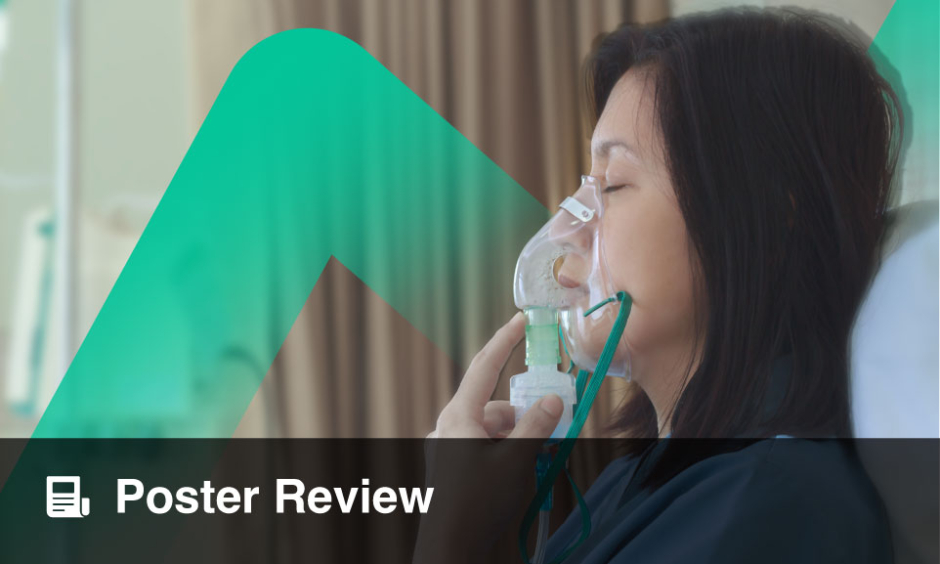Author: Eleanor Roberts1
1. Beeline Science Communications, Ltd, London, UK
Disclosure: Eleanor Roberts is Director of Beeline Science Communications, Ltd, who were funded by the European Medical Journal for this article.
Acknowledgements: We gratefully acknowledge the chairs, speakers, and (poster) presenters at the European Respiratory Society (ERS) Congress 2023, and the reviewer of this article for sharing their insights and expertise.
Support: The symposia and publication of this article was supported by GSK.
Disclaimer: For mepolizumab; respiratory syncytial virus (RSV) vaccine (recombinant, adjuvanted); herpes zoster vaccine (recombinant, adjuvanted); diphtheria, tetanus, and pertussis (acellular, component) vaccine (adsorbed, reduced antigen[s] content); influenza split vaccine (inactivated); and fluticasone furoate/umeclidinium/vilanterol inhalation powder prescribing information, please navigate to the appendix at the end of the article.
Keywords: Airways disease management, biologic therapy, prevention, treatable traits, vaccination.
Citation: EMJ Respir. 2023;11[Suppl 4]:2-13. DOI/10.33590/emjrespir/10303197. https://doi.org/10.33590/emjrespir/10303197.
The sponsor of the below article (GSK) have requested its retraction in accordance with their internal compliance requirements following an update to the Summary of Product Characteristics and prescribing information (PI). The article is no longer approved for use in its current format.







